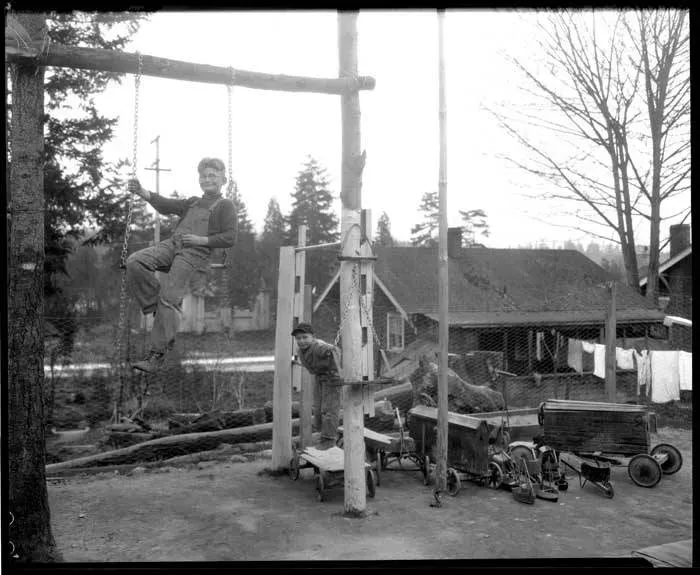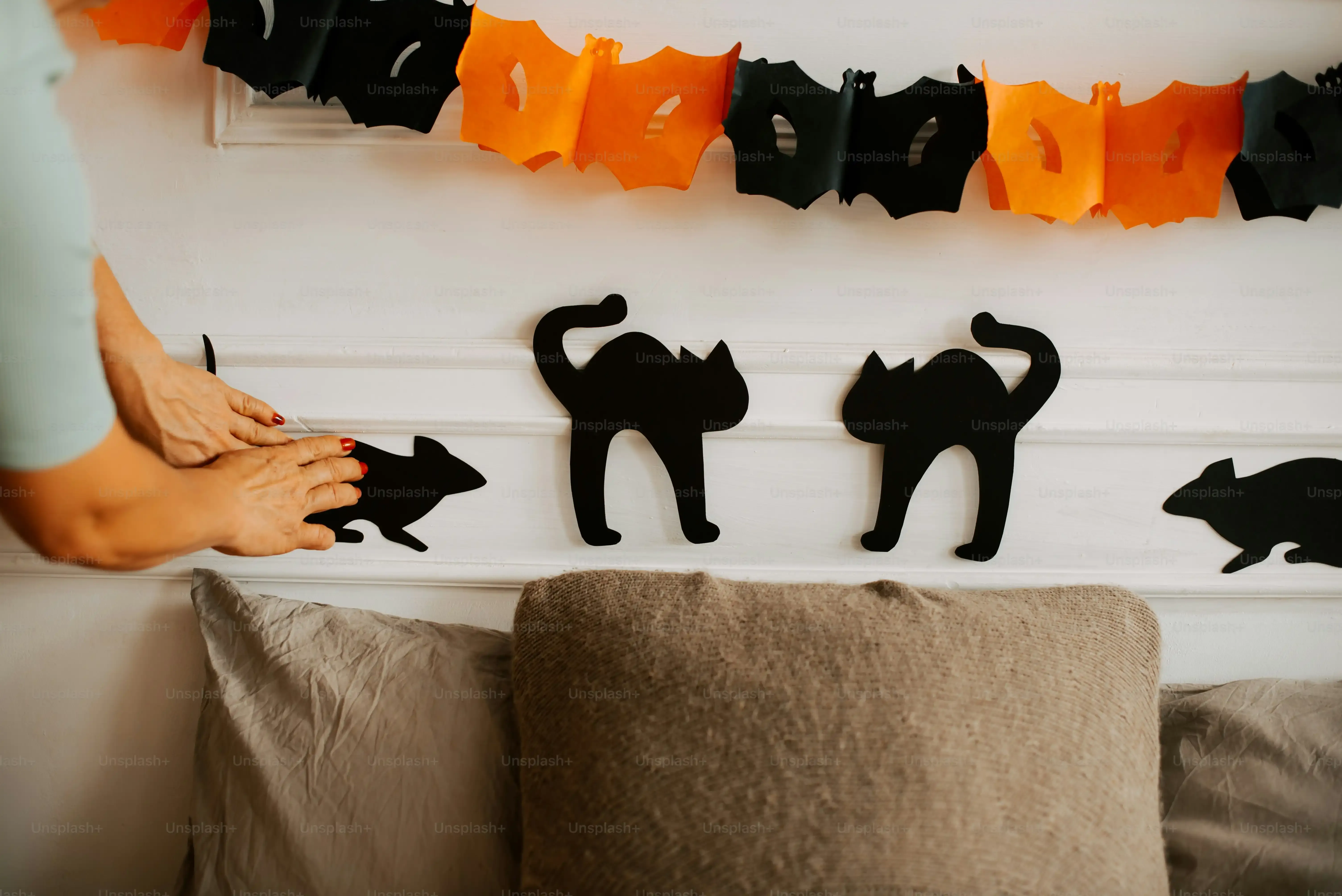Table of Contents
Let's be honest, your cat probably owns you more than you own them. And while they might act like tiny, furry overlords, keeping them entertained doesn't require breaking the bank on fancy gadgets they'll ignore after five minutes. If you're tired of watching your cat bat a dust bunny around with more enthusiasm than that expensive laser pointer, it's time to talk about homemade cat toys you can make. We're not talking about Pinterest-perfect crafts that require a workshop; we mean simple stuff you likely have lying around.
Why Your Cat Needs Playtime (and How Often)

Why Your Cat Needs Playtime (and How Often)
It's Not Just Fun, It's Feline Instinct
Look, your cat isn't just a furry couch ornament. Beneath that purring exterior is a finely tuned hunting machine, hardwired to stalk, pounce, and capture. When they don't get a chance to express these natural behaviors, things can go sideways. We're talking boredom, anxiety, and sometimes, redirected aggression – like attacking your ankles at 3 AM. Playtime, especially interactive play with you, gives them a healthy outlet for those instincts. It's their job, their sport, their version of hitting the gym and solving complex problems all at once. Ignoring this need is like asking a cheetah to take up knitting; it just doesn't fit the blueprint.
Finding the Right Play Rhythm
So, how much is enough? You don't need to dedicate your entire day to waving a feather wand, though your cat might disagree. Most experts land on one to two play sessions daily. Aim for around 15 minutes per session. The key is intensity and mimicking a hunt: build anticipation, have them chase and pounce, and always end the session with a successful "capture" (letting them catch the toy). This satisfies the full hunting sequence. A quick ten-minute burst before you leave for work and another in the evening can make a world of difference for their physical and mental well-being. Finding the right rhythm is part of understanding why your cat needs playtime (and how often).
What happens if they don't get enough play?
- Increased anxiety or stress
- Destructive behavior (scratching furniture, chewing things)
- Weight gain and related health issues
- Reduced bonding with you
- Aggression towards other pets or people
What Cat Toys Really Get Their Motor Running?

What Cat Toys Really Get Their Motor Running?
Prey Simulation is Key
So, you've committed to playtime. Great. Now, what do you actually dangle in front of their face? Forget anything that requires batteries and makes obnoxious noises. Most cats, deep down, just want to hunt something small, fast, and a little erratic. Think things that flutter, dart, or wiggle. Feather wands, string toys (used safely, more on that later), or even just a crumpled paper ball skittering across the floor tap into that basic chase-and-capture drive. The movement is critical. It shouldn't be predictable; it should mimic a mouse trying to escape or a bird fluttering. This is what gets their attention and activates those hunting circuits. What Cat Toys Really Get Their Motor Running? Often, it's the simple stuff that moves like dinner.
Beyond the Chase: Mental Gymnastics
It's not all about the pounce. Cats are also problem solvers. They need to work for things sometimes, which is where puzzle toys come in. These are great for solo play or when you can't actively engage. Think food puzzles where they have to manipulate something to get a treat, or even just hiding kibble around the room for them to find. This engages their brain, prevents boredom, and satisfies their natural foraging behavior. It's less about the high-speed chase and more about the strategic hunt, the kind that requires a bit of thought. Adding these to the mix provides a more complete form of enrichment.
Types of toys that often succeed:
- Wands with feathers or dangly bits
- Small, lightweight balls (without choking hazards)
- Crinkle toys
- Puzzle feeders
- Things they can stalk and ambush (like a toy peeking from under furniture)
The Allure of Hiding and Heights
Cats aren't just ground predators; they're also ambush experts and observers. They love to hide in things and climb to high vantage points. This isn't strictly a "toy" in the traditional sense, but providing these opportunities is crucial for their play and comfort. Cardboard boxes are legendary for a reason – they're perfect ambush spots. Cat trees or high shelves give them a place to survey their domain, which is mentally stimulating. Sometimes, the best "toy" isn't something they bat around, but a space that allows them to express their natural behaviors. Offering these kinds of environmental enrichments complements the physical play.
Easy Homemade Cat Toys You Can Make Right Now

Easy Homemade Cat Toys You Can Make Right Now
Whip Up Fun with Household Finds
Alright, let's get down to the nitty-gritty of making your cat's day without spending a dime. The beauty of homemade cat toys you can make is that your house is likely already a goldmine of potential entertainment. That lonely sock missing its mate? Prime catnip carrier. The cardboard tube from the paper towels? Instant tunnel or kicker toy. Even a simple sheet of paper crumpled up can provide minutes, maybe even *seconds*, of frantic fun. You don't need a craft degree or special tools. Just a willingness to look at everyday objects through the eyes of a tiny predator. It's about resourcefulness, not craft stores.
Here are a few ridiculously easy homemade cat toys you can make:
- The Crinkle Ball: Crumple up a piece of paper or aluminum foil (small amount, tightly packed).
- The Sock Mouse: Stuff an old sock with some batting, fabric scraps, or even dried beans (for weight/sound). Tie off the end securely. Add catnip if you want to be their favorite human.
- The Cardboard Tube Treat Dispenser: Poke a few holes in a paper towel or toilet paper tube large enough for kibble or small treats to fall out. Fold in the ends.
- The T-Shirt Tent: Drape an old t-shirt over some coat hangers bent into shape, or just over a chair back. Instant hiding spot.
- The String Teaser (use ONLY with supervision): Tie a fabric strip or old shoelace to a stick. Dangle and drag, mimicking prey. Put it away immediately when done.
Keeping It Safe: The Best & Worst Toys for Your Cat

Keeping It Safe: The Best & Worst Toys for Your Cat
Not All Fun and Games: Why Toy Safety Isn't Optional
So, you've crafted some brilliant homemade cat toys you can make from things around the house. Fantastic. But before you unleash that sock-mouse or paper ball, a quick reality check: not everything is safe for Fluffy to chew on, bat around, or accidentally ingest. Cats aren't known for their discerning palates when it comes to foreign objects. They'll swallow string, choke on small parts, or get tangled in things you wouldn't expect. A trip to the emergency vet for an intestinal blockage is expensive, stressful, and entirely preventable. Knowing what to offer and what to avoid is just as important as knowing how to make the toy itself. Ignoring safety is like giving a toddler a handful of LEGO bricks and turning your back; it rarely ends well.
The Green Light: Toys You Can Trust
let's talk about the good stuff. What materials and types of toys generally get a thumbs-up? Think durable, appropriately sized, and free of easily detachable pieces. Plush toys, as long as they don't have little plastic eyes or bells that can be chewed off, are usually fine. Catnip-filled toys are a classic for a reason. Small, solid balls that are too big to be swallowed are great for chasing. Plastic shower curtain rings? Surprisingly popular and safe for batting around. The key is checking for sturdiness and making sure there's nothing your cat can easily break off and swallow. Supervised play is always best, but these items present a much lower risk.
Generally Safe Cat Toys:
- Solid plastic balls (larger than a marble)
- Durable plush toys (no small attached parts)
- Catnip toys (well-stitched)
- Plastic shower rings
- Cardboard boxes and tunnels
- Puzzle feeders (sturdy design)
Hard Pass: The Danger Zone of Cat Toys
Now for the stuff you should immediately toss or keep far, far away. Loose string, yarn, ribbon, and tinsel are silent killers. Cats love to chew and swallow these, leading to linear foreign bodies that can saw through their intestines. Rubber bands and hair ties are another common and dangerous snack. Anything with small beads, buttons, feathers that come off easily, or other tiny pieces is a choking hazard. Plastic bags, while seemingly innocent, pose a suffocation risk (plus, some cats compulsively chew on them). Even seemingly safe items like wand toys need to be put away when you're not actively supervising. Don't leave temptation lying around.
Homemade Cat Toys You Can Make: Boost Their Health & Happiness

Homemade Cat Toys You Can Make: Boost Their Health & Happiness
More Than Just Fun: The Physical Perks
You know how you feel after a good workout? Energized, maybe a little tired, but definitely better than sitting on the couch all day? Your cat feels the same way about play. Those frantic sprints after a paper ball, the acrobatic leaps for a feather wand, the determined batting at a sock toy – that's their exercise. Regular physical activity is critical for maintaining a healthy weight and preventing obesity-related issues like diabetes and joint problems, which, let's be real, are becoming far too common in our indoor feline friends. Homemade cat toys you can make provide accessible, low-cost tools for getting them moving. It's not just about burning calories; it's about keeping their muscles strong and their joints mobile. Think of it as preventative medicine disguised as a good time.
Boosting Brains and Bonds
Play isn't just for the body; it's a mental workout too. When your cat is stalking, strategizing, and problem-solving (like figuring out how to get that treat out of the cardboard tube), they're keeping their minds sharp. Boredom in cats can lead to stress and even depression. Interactive play, especially with you using those homemade cat toys you can make, strengthens your relationship. It builds trust and provides positive interaction, reducing anxiety. There's a real satisfaction for both of you when they finally "catch" their "prey" after a good chase. It’s a shared experience that reinforces your bond. Plus, honestly, watching them get utterly ridiculous over a crumpled piece of paper is just good for the soul.
Benefits of using homemade toys for play:
- Promotes healthy weight
- Reduces stress and anxiety
- Sharpens hunting instincts and problem-solving skills
- Strengthens the bond between you and your cat
- Saves money compared to store-bought toys
- Utilizes recycled materials, a small win for the planet
Playtime Wins: Simple Steps to a Happy Cat
So, there you have it. Keeping your cat entertained doesn't require a degree in engineering or an unlimited budget. A few minutes a day, some basic household items, and a little understanding of what makes your particular fluffball tick can make a world of difference. Remember, those prey instincts are hardwired, and providing an outlet for them through play isn't just fun; it's essential for their physical and mental health. Plus, watching them go nuts over a crumpled paper ball you made yourself? Priceless. Just keep safety front and center, and you'll be well on your way to a happier, healthier cat who appreciates your efforts, even if they pretend they don't.